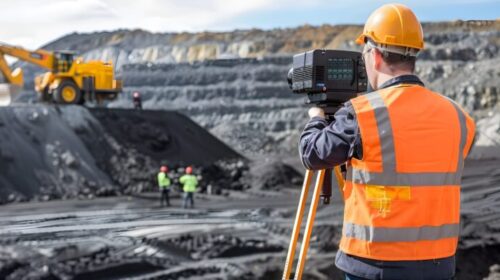Mining boosts Sandvik December quarter
Swedish engineering company Sandvik posted a positive December quarter, with strong demand for mining equipment boosting its numbers.
Total order intake in the Sandvik Mining and Rock Solutions department grew by 52% year on year, of which organic growth accounted for 30%, chief executive Stefan Widing said.
Sandvik also received a “record” number of orders for its AutoMine fleet and its Newtrax collision avoidance systems, he said. AutoMine orders came to 254 million Swedish crowns (USD 27 million), while Newtrax orders amounted to 155 million Swedish crowns (USD 16.6 million).
Total revenues for the mining subdivision grew by 42% year-on-year, Widing said, while rock processing products saw an 18% increase in organic order intakes.
Year-on-year adjusted operating profit rose to 5.11 billion Swedish crowns, compared to 4.51 billion crowns in the December quarter last year.
Order intakes grew by 36% year on year.
Sandvik has also created a new division, Digital Mining Technologies, which will focus exclusively on the company’s automation and digital products. Sandvik also acquired Australian software company Deswik in the December quarter, which will enable Sandvik to offer more digital products in mine planning.
Growth in the company’s other sectors was more muted, with general engineering seeing an 11% increase in organic order intake and revenues, and aerospace recording a 12% growth in these areas.
Organic order intake in Materials Technology increased by 40%.
Demands for mining equipment grew in North America by 47%, in Africa and the Middle East by 46%, and in South America by 48%. In Europe, demand grew by 17% and in Australia by 9%, while demand for mining equipment in Asia declined 2%.
Sandvik committed to setting targets in line with the Science Based Targets initiative to correspond to the Paris Agreement. The company decreased greenhouse gas emissions by nearly 10% in the December quarter, largely from sourcing clean energy.
Sandvik’s use of circular waste declined from 75% year-on-year to 67%, with full-year waste circularity down to 67% compared to 74% in 2020.
12 total views , 1 views today





